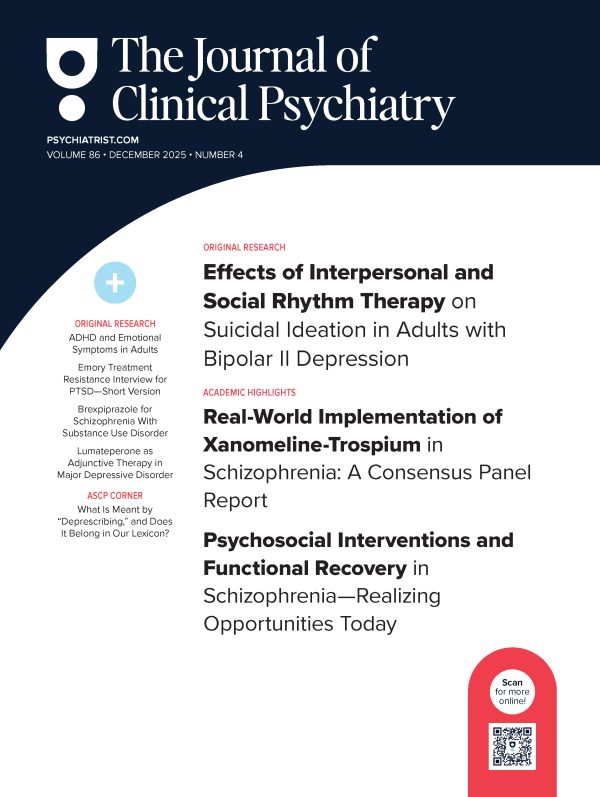Background: Virtual reality (VR) integrates real-time computer graphics, body-tracking devices, visual displays, and other sensory input devices to immerse a participant in a computer-generated virtual environment that changes in a natural way with head and body motion. VR exposure (VRE) is proposed as an alternative to typical imaginal exposure treatment for Vietnam combat veterans with posttraumatic stress disorder (PTSD).
Method: This report presents the results of an open clinical trial using VRE to treat Vietnam combat veterans who have DSM-IV PTSD. In 8 to 16 sessions, 10 male patients were exposed to 2 virtual environments: a virtual Huey helicopter flying over a virtual Vietnam and a clearing surrounded by jungle.
Results: Clinician-rated PTSD symptoms as measured by the Clinician Administered PTSD Scale, the primary outcome measure, at 6-month follow-up indicated an overall statistically significant reduction from baseline (p = .0021) in symptoms associated with specific reported traumatic experiences. All 8 participants interviewed at the 6-month follow-up reported reductions in PTSD symptoms ranging from 15% to 67%. Significant decreases were seen in all 3 symptom clusters (p < .02). Patient self-reported intrusion symptoms as measured by the Impact of Event Scale were significantly lower (p < .05) at 3 months than at baseline but not at 6 months, although there was a clear trend toward fewer intrusive thoughts and somewhat less avoidance.
Conclusion: Virtual reality exposure therapy holds promise for treating PTSD in Vietnam veterans.
Please sign in or purchase this PDF for $40.00.





